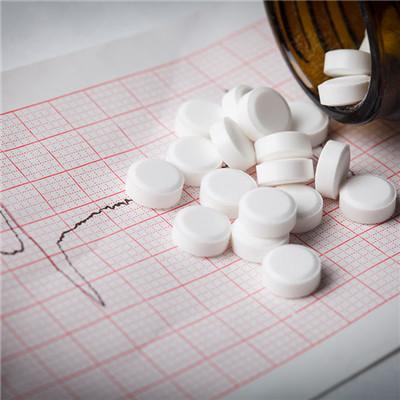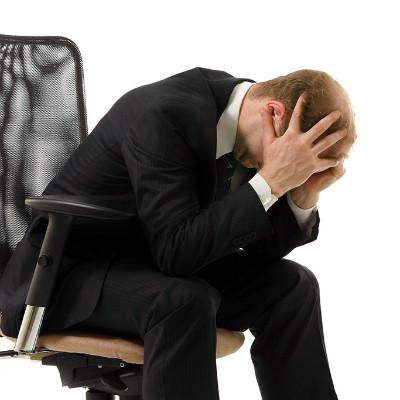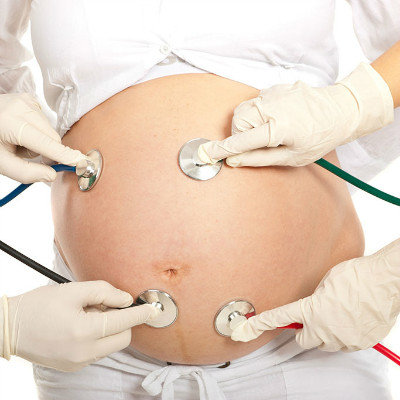Got polycystic kidney how to do
summary
Polycystic kidney is a congenital genetic disease involving bilateral kidneys. Different from multiple renal cysts, the kidney is covered with vesicles of different sizes, which can communicate with each other, gradually increase the volume of the kidney and compress the renal parenchyma, causing atrophy and functional damage until chronic renal failure. Got polycystic kidney how to do, the following analysis for you a little personal experience.
Got polycystic kidney how to do
First, polycystic kidney can be divided into two types: infantile type is chromosome recessive inheritance, often accompanied by other congenital malformations, more than a few months of death, which is rare in clinic; adult type is chromosome dominant inheritance, more than middle-aged onset, and also accompanied by other organs, such as liver, spleen, pancreas, ovary, bone and other polycystic lesions. The incidence of the disease is familial aggregation, and both men and women can suffer from the disease. The chance of their involvement is equal. If the parents suffer from this disease, the incidence rate of their children will increase to 75%. The children who do not ill do not carry polycystic kidney genes, and their next generation (Sun Dai) will not be ill.

Second: general treatment: most patients do not need to change their lifestyle and limit their activities, but they need to pay attention to diet control, such as low salt and low-fat diet, reduce the consumption of animal viscera, high protein food (beans), alcoholic drinks, etc.; drink more water, eat more diet rich in vitamins and plant crude fiber, and keep the stool unobstructed. In the course of medication, attention should be paid to avoid the nephrotoxicity of drugs.

Third: cyst unroofing decompression: the operation can reduce the compression of cyst on renal parenchyma, recover some renal function units, and delay the development of the disease. The decompression of cysts must be thorough, and the decompression of small cysts and deep cysts should not be abandoned. Both sides should be operated on. Generally, the interval of bilateral operation is more than half a year. In advanced cases, if the renal function has been damaged, and they are in the stage of azotemia and uremia, no matter whether they are complicated with hypertension or not, the decompression treatment is meaningless, and the operation can aggravate the disease.

matters needing attention
In the end-stage renal failure, dialysis should be used immediately, and hemodialysis is the first choice. When the time is right, kidney transplantation can be considered.











